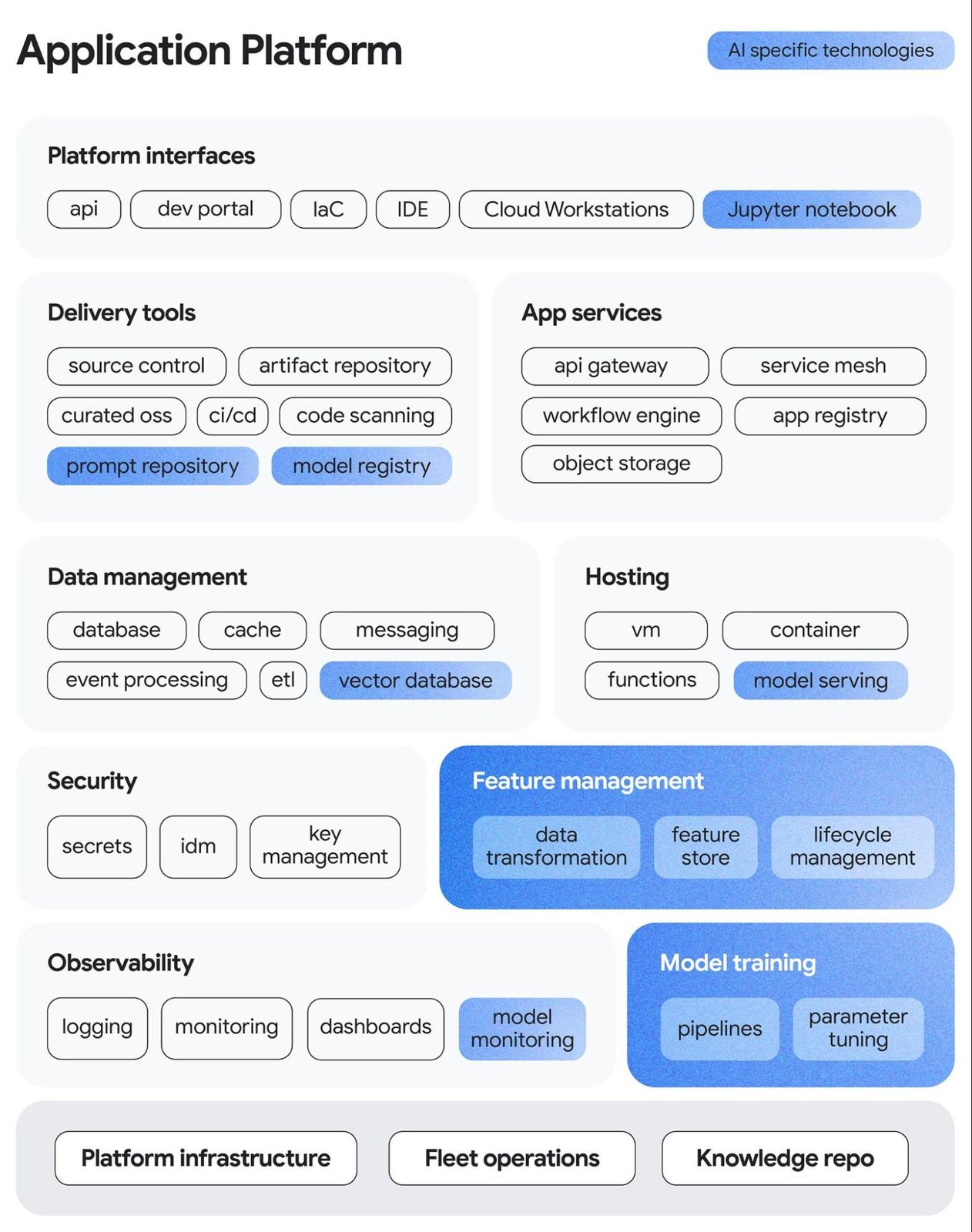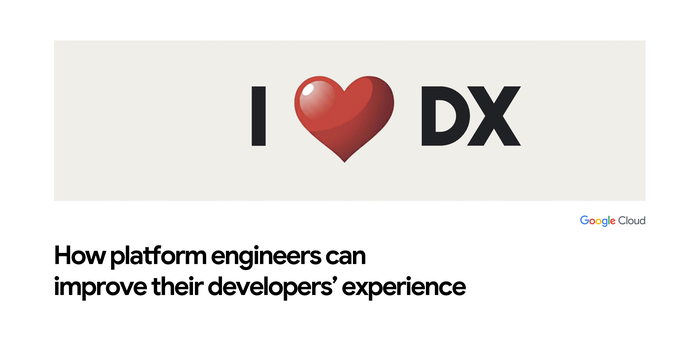Three steps in mapping out your modern platform strategy
Richard Seroter
Chief Evangelist, Google Cloud
As AI adoption speeds up, one thing is becoming clear: the developer platforms that got you this far won’t get you to the next stage. While yesterday’s platforms were awesome, let’s face it, they weren’t built for today’s AI-infused application development and deployment. And organizations are quickly realizing they need to update their platform strategies to ensure that developers — and the wider set of folks using AI — have what they need for the years ahead.
In fact, as I explore in a new paper, nine out of ten decision makers are prioritizing the task of optimizing workloads for AI over the next 12 months. Problem is, given the pace of change lately, many don’t know where to start or what they need when it comes to modernizing their developer platforms.
What follows is a quick look at the key steps involved in planning your platform strategy. For all the details, download my full guide, Three pillars of a modern, AI-ready platform.
Step 1. Define your platform’s purpose
Whether you’re building your first platform or your fiftieth, you need to start by asking, “Why?” After all, a new platform is another asset to maintain and operate —you need to make sure it exists for the right reasons.
To build your case, ask yourself three questions:
- Who is the platform for? Your platform’s customers, or users, can include developers, architects, product teams, SREs and Ops personnel, data scientists, security teams, and platform owners. Each has different needs, and your platform will need to be tailored accordingly.
- What are its goals? Work out what problems you’re trying to solve. For example, are you optimizing for AI? Striving to speed up software delivery? Increasing developer productivity? Improving scale or security? Again, different goals will lead you down different paths for your platform — so map them out right from the start.
- How will you measure success? To prove the worth of your platform, and to convince stakeholders to invest in its ongoing maintenance, establish metrics from the outset, and keep on measuring them! These could range from improved customer satisfaction to faster time-to-resolution for support issues.
Step 2. Assemble the pieces of your platform
Now that you’re clear on the customers, goals, and performance metrics of the platform you need, it’s time to actually build the thing. Here’s a glance at the key components of a modern, AI-ready platform — complete with the capabilities developers need to hit the ground running when developing AI-powered solutions.


For a detailed breakdown of what to consider in each area of your platform, including a list of technology options for each category, head over to the full paper.
Step 3. Establish a process for improving your platform
The journey doesn’t end once your platform’s built. In fact, it’s just beginning. A platform is never “done;” it’s just released. As such, you need to adopt a continuous improvement mindset and assign a core platform team the task of finding new ways to introduce value to stakeholders.
At this stage, my top tip is to treat your platform like a product, applying platform engineering principles to keep making it faster, cheaper, and easier to deliver software. Oh, and to leverage the latest in AI-driven optimization tools to monitor and maintain your platform over time!
Ready to start your platform journey?
Organizations embark on platform overhauls for a whole bunch of reasons. Some do it to better cope with forecasted growth. Others have AI adoption in their sights. Then there are those driven by cost, performance, or the user experience. Whatever your reason for getting started, I encourage you to read the full paper on building a modern AI-ready platform — your developers (and the business) will thank you.



